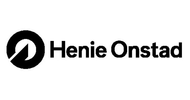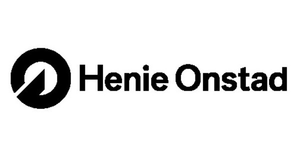Nils-Aslak Valkeapää / Áillohaš
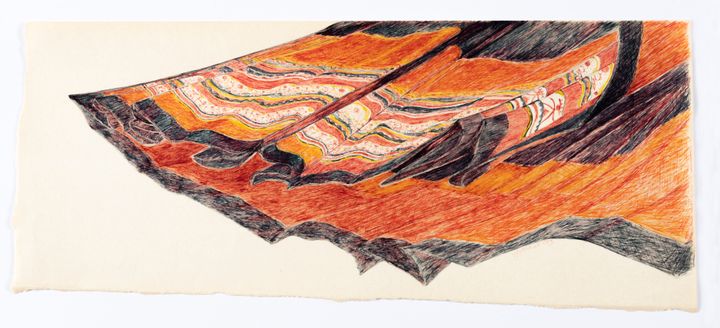
October 23, 2020–January 10, 2021
Henie Onstad Kunstsenter, Høvikodden, Norway
Nils-Aslak Valkeapää / Áillohaš (1943-2001) is seen as a cultural icon and nation builder in Sápmi*. His work is of great relevance today, both within the field of art and as an advocate for the rights of Indigenous peoples.
Throughout Áillohaš’ oeuvre one can always find a deep respect for nature, ecology, animals and humans. Áillohaš was born into a family of reindeer husbandry, with herds that migrated to Finland for their winter grazing and stayed on the Norwegian side of Sápmi in the summer. As Áillohaš did not have it in him to kill animals, he studied to become a teacher in order to connect with literature, visual art and music.
After graduating in 1966 Áillohaš dedicated himself to forefront Sámi traditions and rights. He was central in the establishing of publishers, unions and festivals with the aim to strengthen Sámi culture as he fought for the rights of Indigenous people on a global scale. In addition he left behind a remarkable artistic legacy of his interdisciplinary art work. Áillohaš was an innovator within the Sámi tradition of music, literature and visual art, and a Nordic pioneer in the fields of artists books, sound art and poetry.
Áillohaš was part of the Sámi delegation when the World Council of Indigenous Peoples was established in Port Alberni in Canada in 1975. In October the very same year, Áillohaš wrote about his impressions, later published in the book Lávllo vizar biellocizáš, (Bluethroat, Twitter, Sing) in 1976: Without words / the heart feels connected / beams of joy / lights up the mind / See a sister / a brother has been found / What joy / What joy / Finally
Through his role as a cultural coordinator for WCIP, Áillohaš became central in the organizing of one of the first international festivals of Indigenous culture. Davvi Šuvva (The Roar from the North) in the summer of 1979. Here there was music, dance and theatre performed on stage by Sámis, Inuits from Greenland, Cree from Saskatchewan, Komis from Soviet, exiled Peruvians and Bolivians, as well as especially invited Kurds and Palestinians. Davvi Šuvva became an important turning point for many Sámis. The festival contributed, not only to the strengthening of Sámi identity and culture, but also to an expanded experience of community with Indigenous people from all over the world.
At the Henie Onstad Kunstsenter this fall you are greeted by an installation based on Áillohaš’ main work—Beaivi, áhčážan (The Sun, My Father) from 1988. The book Beaivi, áhčážan consists of 566 poems and cultural historical photographs which the artist collected from various archives in Europe, the US and the Nordic countries. Beaivi, áhčážan is a story of the Sámi indigenous people and their history. Told through pictures and poetry, Áillohaš invokes a mythical reality and a shared Sámi landscape.
The exhibition is the most extensive presentation of Áillohaš’ works—until now. Here one can experience the interdisciplinary practice and activism found in Áillohaš’ art. In the poetry, one can hear the joik, in the books, the drawings, photographs and words descend into a higher entity, and in his sonic universe one finds an underlying philosophy of ecology. As he himself expressed it: “In our cultural tradition, everyone is an artist… The way of life is art.”
It is rare to experience, to such an extent, the legacy of Áillohaš in one exhibition. His radical strategy was to not have a gallerist. Nor was he willing to sell his artworks to museums or collections outside of Sápmi. Thus this exhibition consists of a long line of private, as well as public deposits from Sápmi. After the exhibition at the Henie Onstad Kunstsenter the presentation will travel to Nordnorsk Kunstmuseum in Romsa/Tromsø in the north of Norway.
The exhibition is curated by Lars Mørch Finborud and Geir Tore Holm and is a collaboration between the Henie Onstad Kunstsenter and Nordnorsk Kunstmuseum.
In conjunction with the exhibition an elaborately illustrated catalogue is published by the Henie Onstad Kunstsenter and Nordnorsk Kunstmuseum and distributed by Kontur Forlag. The publication includes 11 newly written texts on the life and art of Nils-Aslak Valkeapää / Áillohaš.
For the exhibition there will be arranged a live program with several concerts and performances by Sámi artists. Due to Covid 19 there will be limitations in experiencing these events in real life, but the Henie Onstad will stream live footage online at www.hok.no
* Sápmi refers to the areas where the Sámi people have traditionally lived, and stretches over four countries: Norway, Sweden, Finland and Russia.
Keywords
Contacts
Gunhild VarvinKommunikasjonssjef
Tel:402 17 573gv@hok.noMartine Hoff JensenKommunikasjonsrådgiver
Tel:99520640mhj@hok.noImages
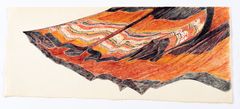
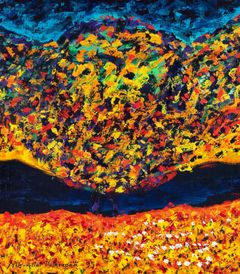
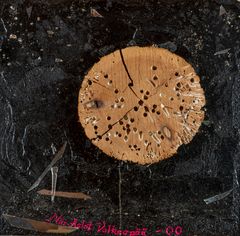
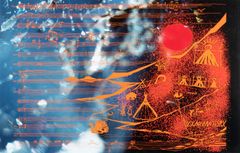
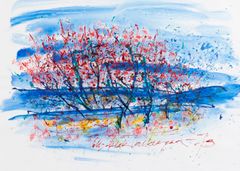
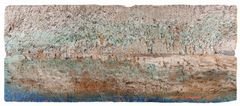
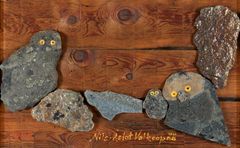
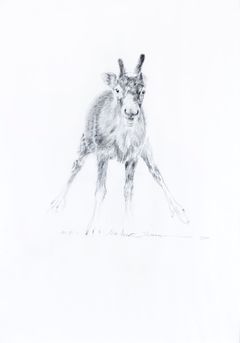
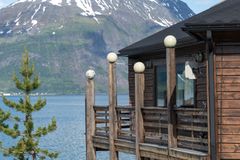
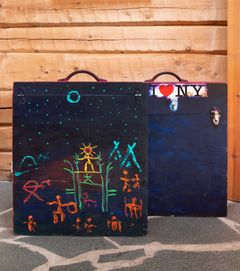
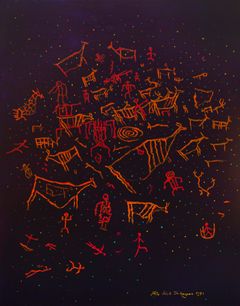
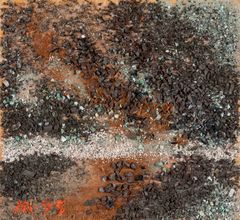
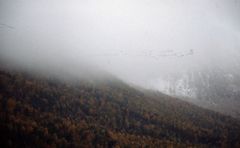
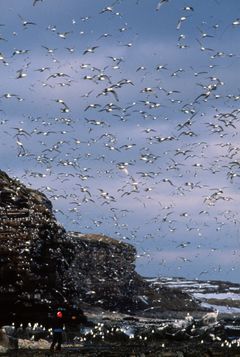
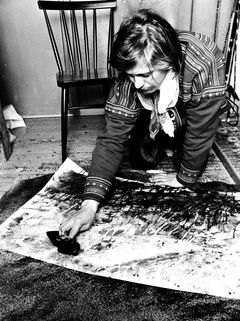
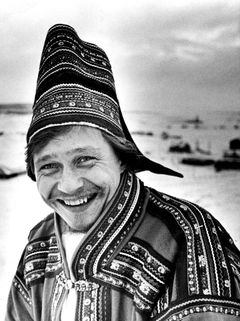
Links
About Henie Onstad Kunstsenter
Henie Onstad Kunstsenter er en ledende arena for nasjonal og internasjonal billedkunst, med et bredt utstillingsprogram, en sentral kunstsamling, samt aktiviteter innen musikk og performance. Kunstsenteret er omgitt av et praktfullt parkområde på Høvikodden i Bærum. I tillegg til utstillingsarealer på ca. 4000 m2, rommer senteret Lab for barn og unge, møtelokaler for utleie, egen butikk, samt Høvikodden kafé.
Subscribe to releases from Henie Onstad Kunstsenter
Subscribe to all the latest releases from Henie Onstad Kunstsenter by registering your e-mail address below. You can unsubscribe at any time.
Latest releases from Henie Onstad Kunstsenter
Pioneer Ann Lislegaard presented at Henie Onstad11.12.2025 13:00:25 CET | Press release
On 9 January, Henie Onstad opens ANIMOID, a major solo exhibition celebrating the Norwegian artist Ann Lislegaard (b. 1962). Lislegaard is regarded as a pioneer in feminist futurism and in the use of digital technology and 3D animation in art. Through eleven key works from the past thirty years, the exhibition presents a deeply experimental artistic practice.
Pioneren Ann Lislegaard presenteres på Henie Onstad11.12.2025 11:06:16 CET | Pressemelding
9. januar åpner Henie Onstad ANIMOID, en omfattende separatutstilling med norske Ann Lislegaard (f. 1962). Lislegaard regnes som en pioner innen feministisk futurisme og bruk av digital teknologi og 3D- animasjon i kunsten. Gjennom elleve hovedverk fra de siste tretti årene presenteres et dypt eksperimenterende kunstnerskap.
Programmet for 2026 på Henie Onstad19.11.2025 10:00:00 CET | Pressemelding
Henie Onstad starter året 2026 med en stor utstilling med pioneren Ann Lislegaards sci-fi-inspirerte univers, før Lap-See Lam, den fjerde mottakeren av Lise Wilhelmsen Art Award, presenteres til sommeren. Den folkekjære kunstneren Kai Fjell vises i sin fulle bredde, og Nils Henrik Asheim inntar kunstsenteret med et større tverrkunstnerisk verk. I 2026 åpner også Henie Onstad Nordens største verksted for kreativitet.
Henie Onstad to open major retrospective celebrating Tom Sandberg23.10.2025 11:36:02 CEST | Pressemelding
On 31st October, Henie Onstad Kunstsenter will open the first major retrospective of Tom Sandberg in a Norwegian museum, Tom Sandberg: Vibrant World.
Henie Onstad viser stor retrospektiv av Tom Sandberg30.9.2025 14:01:04 CEST | Pressemelding
31. oktober åpner Henie Onstad den første store retrospektive utstillingen med Tom Sandberg i et norsk museum, Tom Sandberg: Verden vibrerer.
In our pressroom you can read all our latest releases, find our press contacts, images, documents and other relevant information about us.
Visit our pressroom